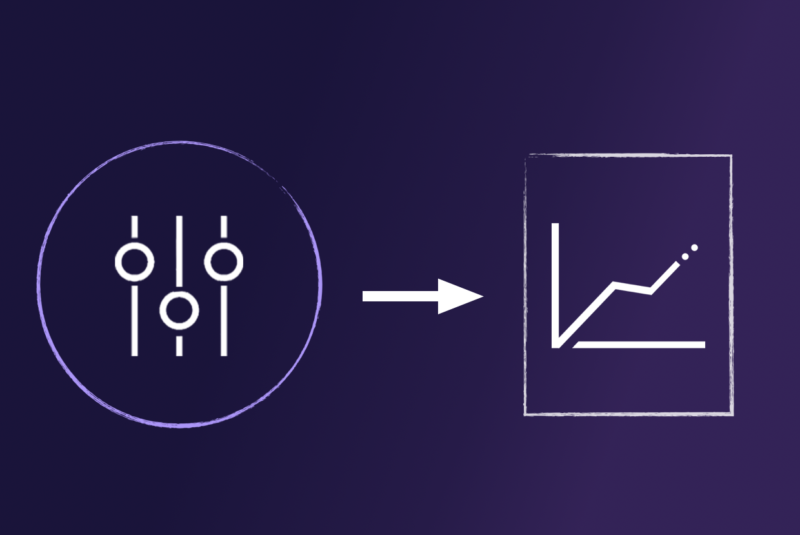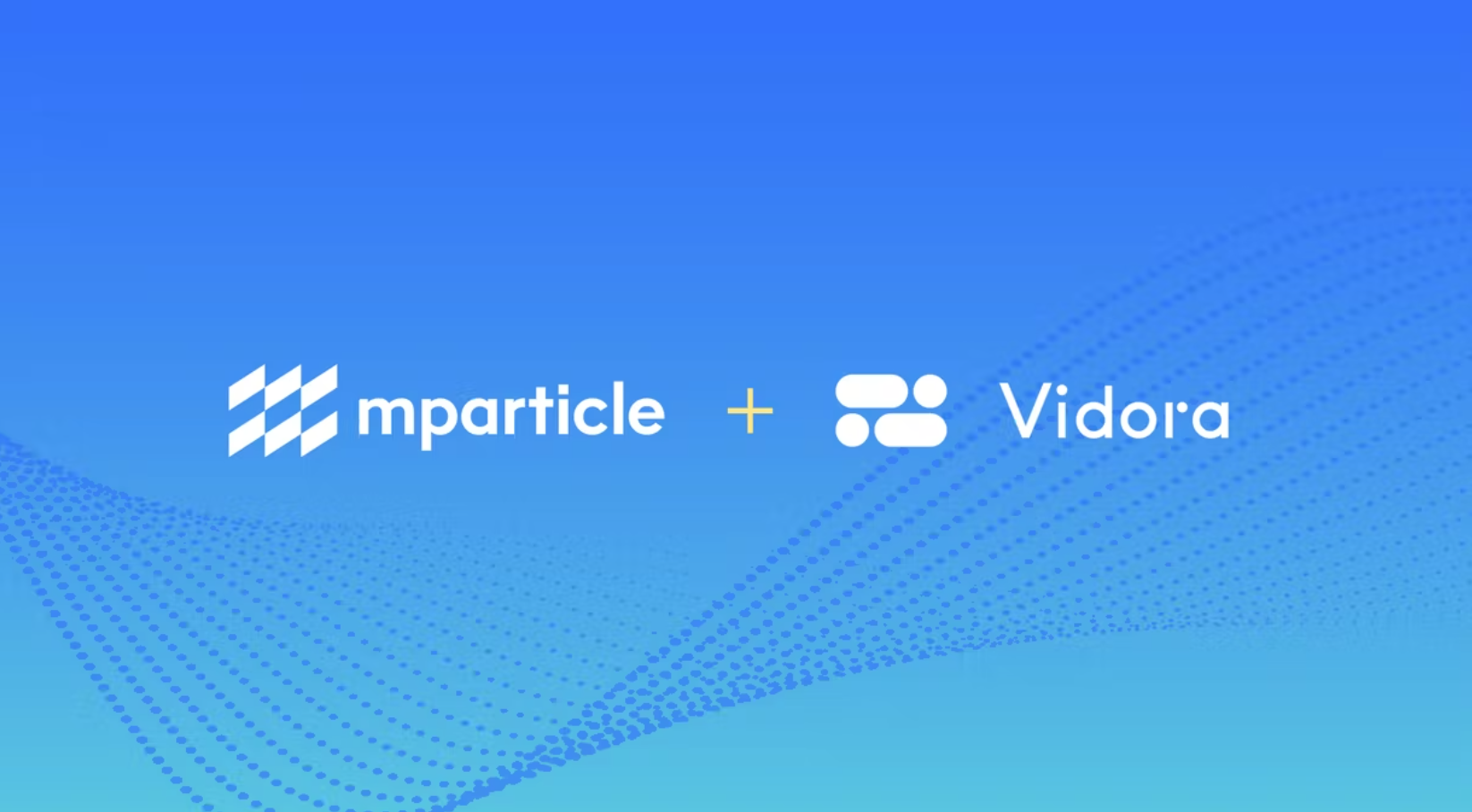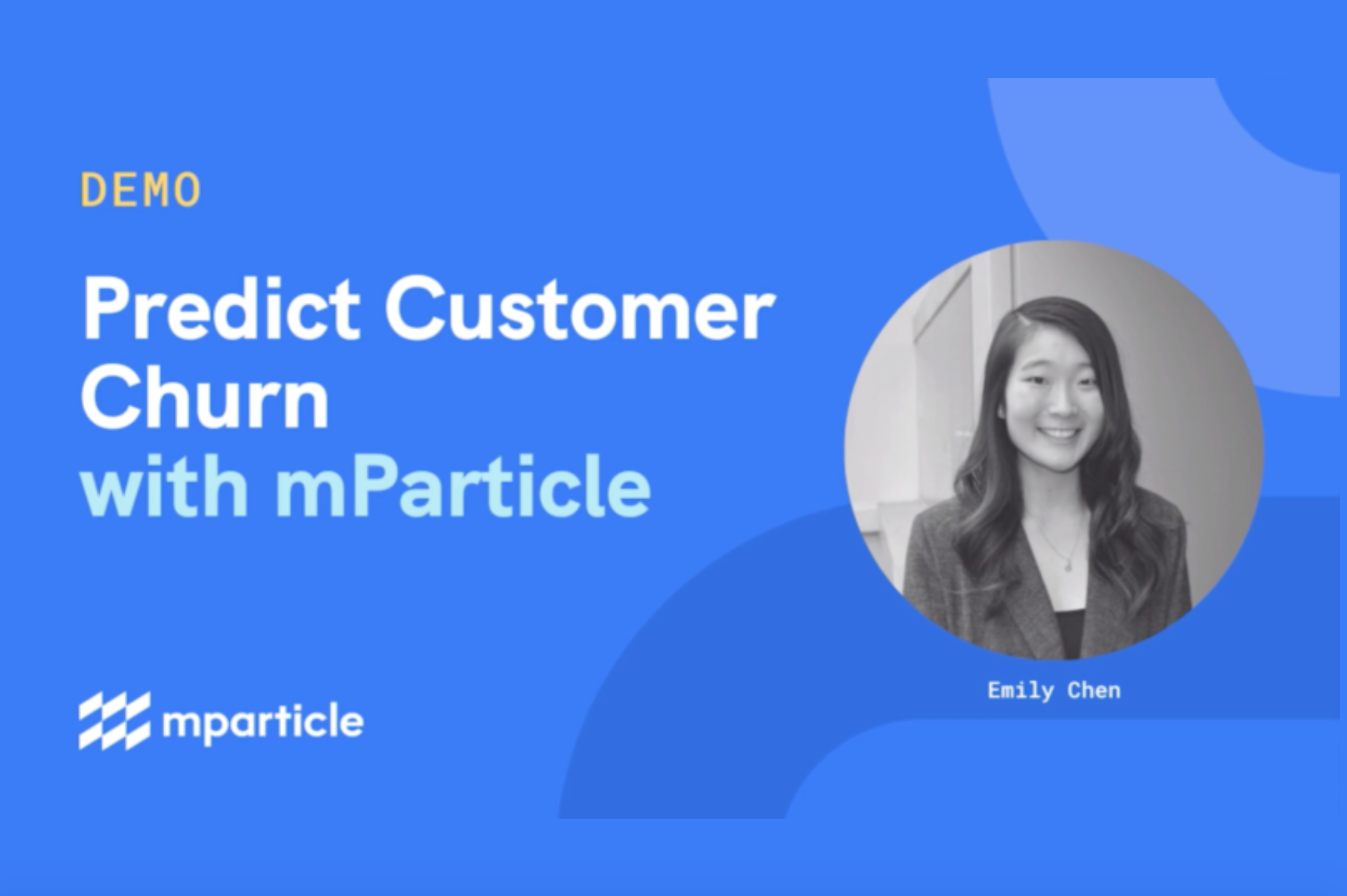
Don’t just predict business outcomes. Influence them.
As Machine Learning continues its rapid adoption in the business world, it’s opening new doors for data-driven marketing teams. Moving from an analytics-based strategy to one that incorporates ML allows marketers not just to dissect what happened in the past, but predict what will happen next – for example, which customers are likely to purchase in the coming week? By peeking into the future, marketers can get more sophisticated and more targeted than ever before.
However, in a world of increasingly personalized experiences, it’s sometimes not enough to simply understand how customers will behave if left to their own devices. Instead what marketers need to know is: what actions can I take that will increase the likelihood that each customer will purchase? This is where uplift modeling can help.
At Vidora, we believe that uplift modeling represents the next big frontier for data-driven marketing teams. By using uplift models, marketers can move beyond predicting each customer’s future and toward finding actionable strategies for positively influencing them.
What is uplift modeling?
In a marketing context, uplift models are used to predict how a marketing action is likely to influence each customer’s behavior – in other words, the uplift of that action. For example, how will a push notification targeted at this customer increase her probability of subscribing? Will the notification be equally effective for this other customer? Should I offer him a free trial instead?
Uplift models use a set of Machine Learning techniques to combine the benefits of A/B testing and propensity modeling for marketing teams. Like an A/B test, uplift models allow you to compare the impact of taking one action vs. another. Like propensity modeling, uplift models generate predictions about each customer’s individual behavior. But unlike these techniques, an uplift model offers causal predictions about how customer behavior may change as a direct result of your marketing intervention. This lets you shed assumptions and target your campaigns in a much more sophisticated way.
An example
The best way to understand the value of an uplift model is through an example that should feel familiar to many marketing teams – targeted customer outreach.
Say that you’re a marketer at an e-commerce company. One of the most powerful tools at your disposal is email, and you’d like to use this channel to boost online purchases. It sounds like a good idea, but it will take marketing resources to make it happen. Is it worth the effort?
To determine the audience segment for this email, you use Machine Learning to predict the probability that each customer will purchase within the next week. But, what do you do with this information? On a hunch, you decide to create 2 groups:
- High-propensity: Any customer with >50% likelihood to purchase we won’t email, as they are likely to convert anyway
- Low-propensity: Any customer with <50% likelihood to purchase we will email, with the hope our outreach nudges them toward a transaction
This logic seems sound, but it makes a host of assumptions – namely that the effectiveness of your email depends only on each user’s prior probability of purchasing. But surely some customers in the high-propensity group may be swayed by your email if you can reach them. And on the flip side, some low-propensity users just aren’t persuadable. Knowing that a customer is likely to purchase doesn’t give us enough information. It’s hard to say whether sending an email will help or hurt that probability.
Enter Uplift Modeling
Thankfully, uplift modeling can fill in this gap. Predictions from an uplift model allow you to answer the question: if I send the email, how much MORE likely will each user be to make a purchase? This answer comes from two predictions that are spit out by an uplift model in Cortex:
- How likely is user X to purchase if I don’t email her?
- How likely is user X to purchase if I do email her?
By comparing these results, you can find the set of customers that your campaign will have the biggest influence on. This way, you can target your scarce marketing resources only where they’re most likely to drive ROI for your business.
Want to learn more?
Data continues to supplant intuition as the driving force behind marketing strategy. Therefore, marketers are getting more targeted and more effective with their strategic initiatives. Uplift modeling represents the next step in this evolution. If you’re interested in learning how you can use Cortex to build an uplift model in minutes, give us a shout at info@vidora.com!


